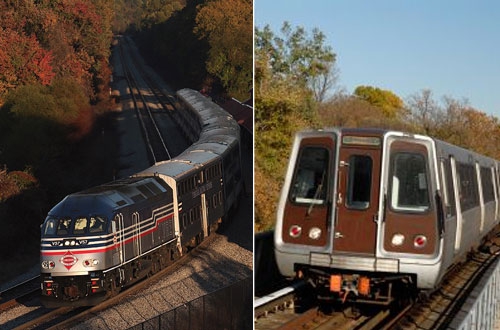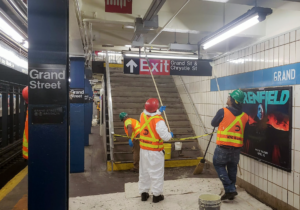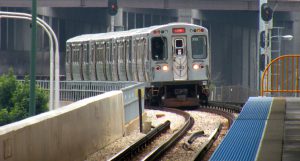Report: VA rail investment provides 250% return
Written by Mischa Wanek-Libman, editor
A study by the Northern Virginia Transportation Commission (NVTC) has found rail transportation operators in the area contribute more than $600 million to the commonwealth's general fund.
The NVTC study says that for every dollar Virginia invests in Washington Metropolitan Area Transit Authority (WMATA) rail and Virginia Railway Express (VRE), it receives $2.50 in return. The study also notes that while $600 million represents slightly more than three percent of general fund revenues, it is enough to cover Virginia’s annual general-fund expenditures on state colleges and universities and state police.
“This study makes clear that the economic benefits associated with rail transit accrue to the entire state, not just Northern Virginia,” said Jeffrey C. McKay, NVTC’s chairman. “The analysis is certain to inform our discussions about finding dedicated and sustainable sources of funding for these two vital rail systems.”
NVTC explains that its approach to the study “evaluates the interaction between land use and transportation demand.” NVTC took the current traffic and development in the region, removed WMATA and VRE from the picture and then moved development out of Northern Virginia to the District of Columbia or Maryland until traffic models showed a return to current levels of rush-hour congestion.
NVTC found that with rail options removed and added congestion, commuters would not be able to travel as far in the same amount of time. The analysis found that a lack of rail transit to the area would result in 56,500 more lane miles of congestion on arterial roadways and an 80-percent decrease in jobs accessible by transit for Northern Virginian households.
“NVTC’s report drives home the importance of adequate transit funding in Virginia,” said McKay. “It is time for legislators from all corners of the commonwealth to work together to find sufficient and sustainable revenues that can be dedicated to [WMATA] and VRE to ensure that they can provide safe and reliable transportation – now and in the future.”





